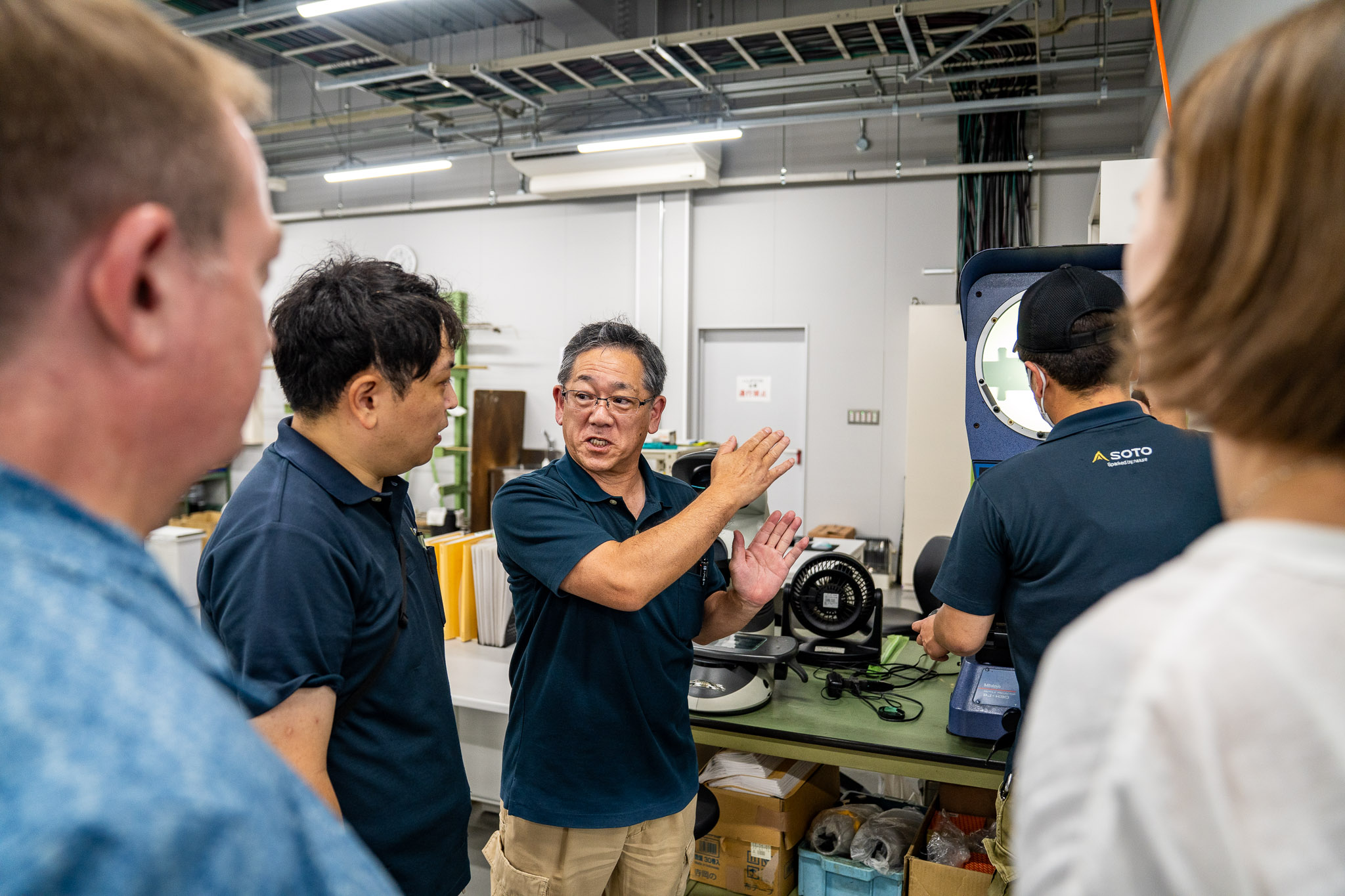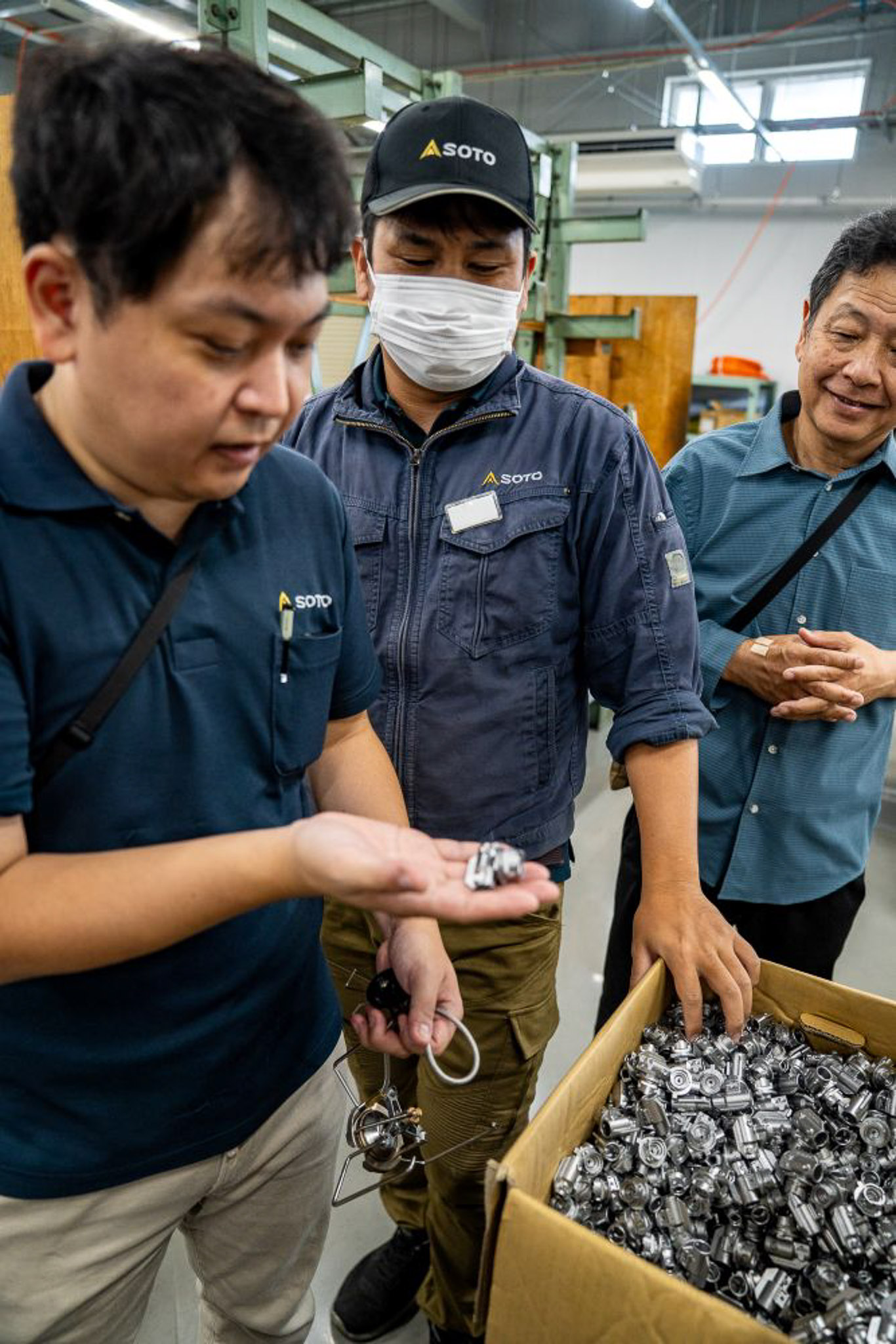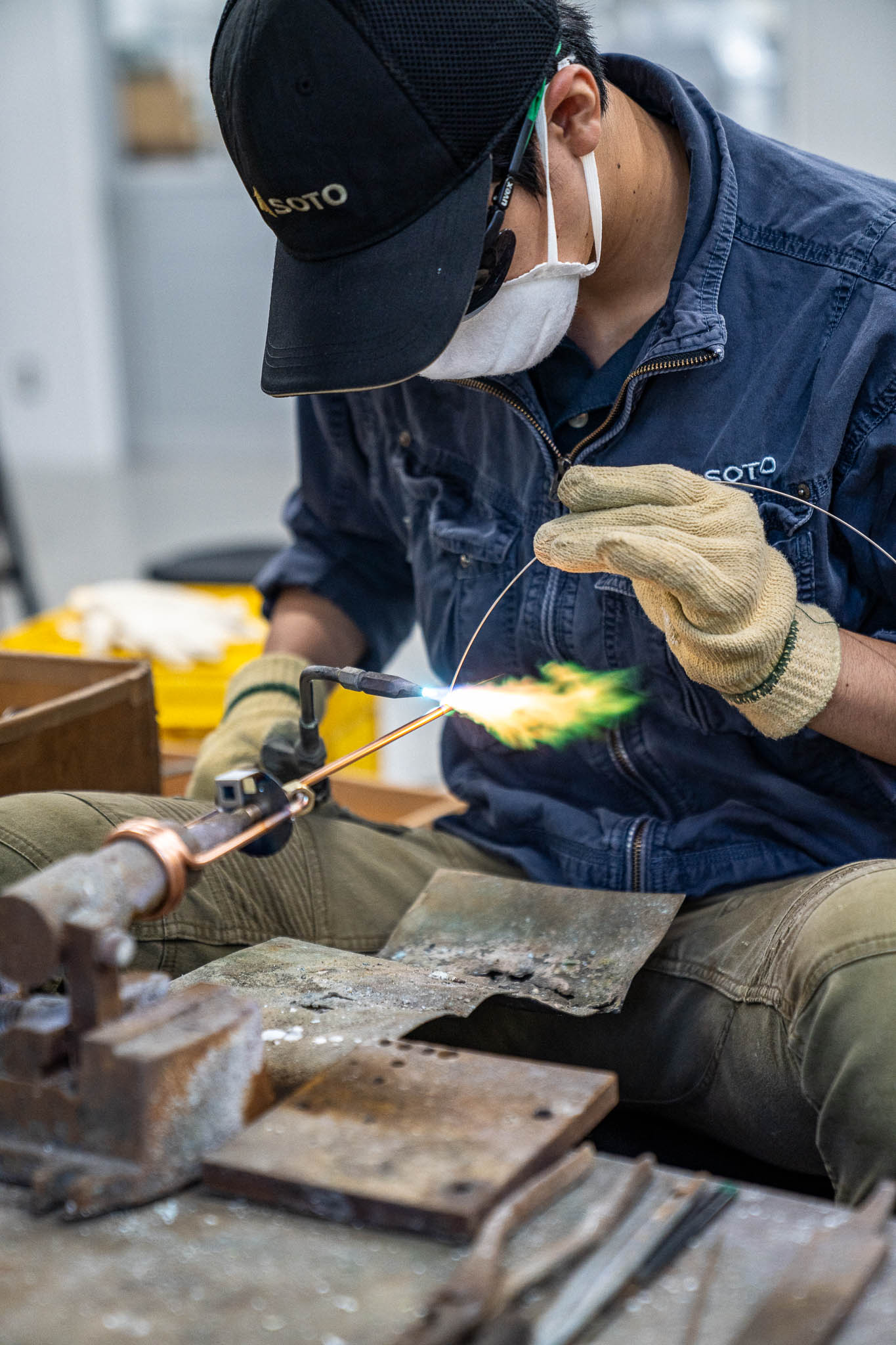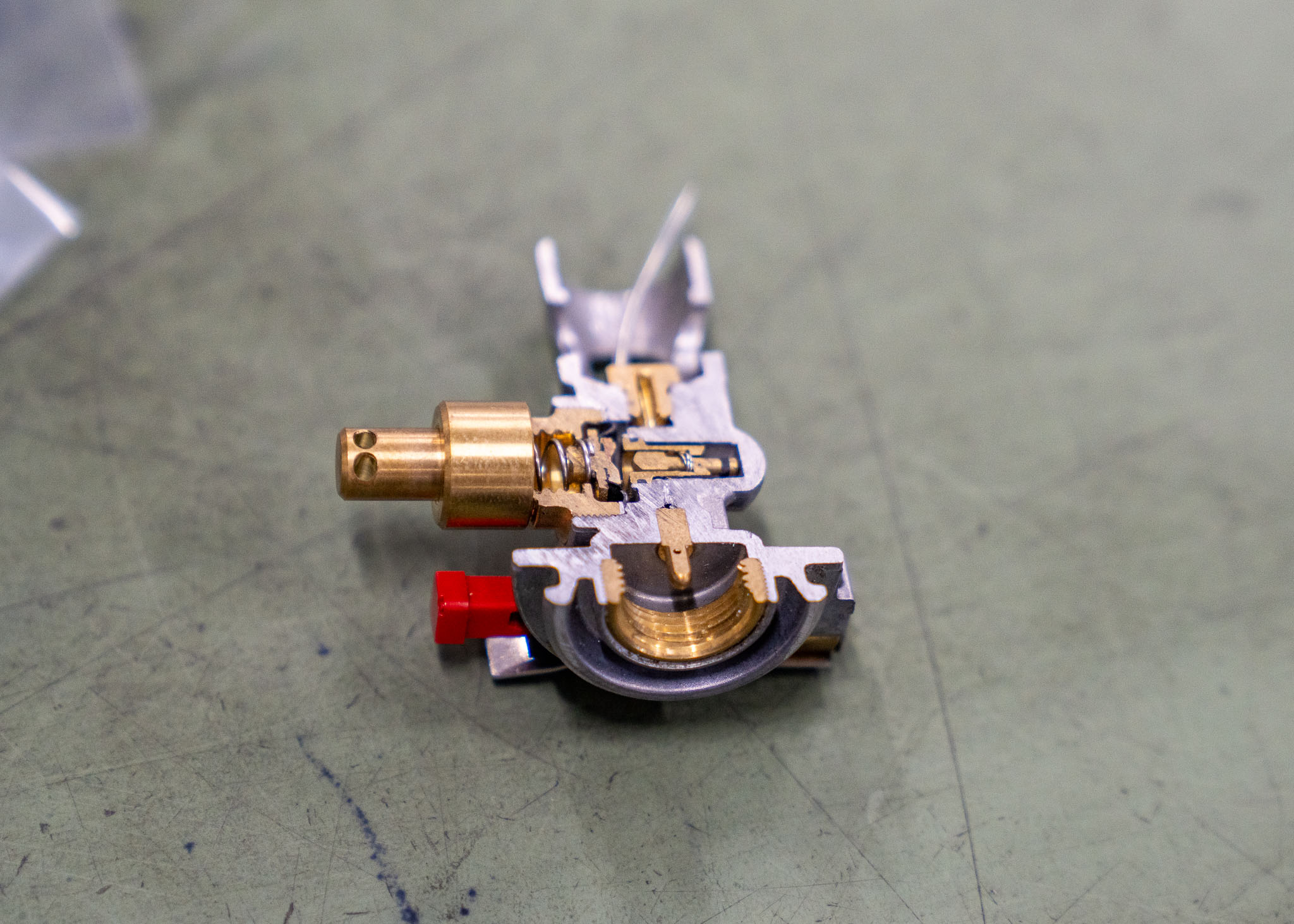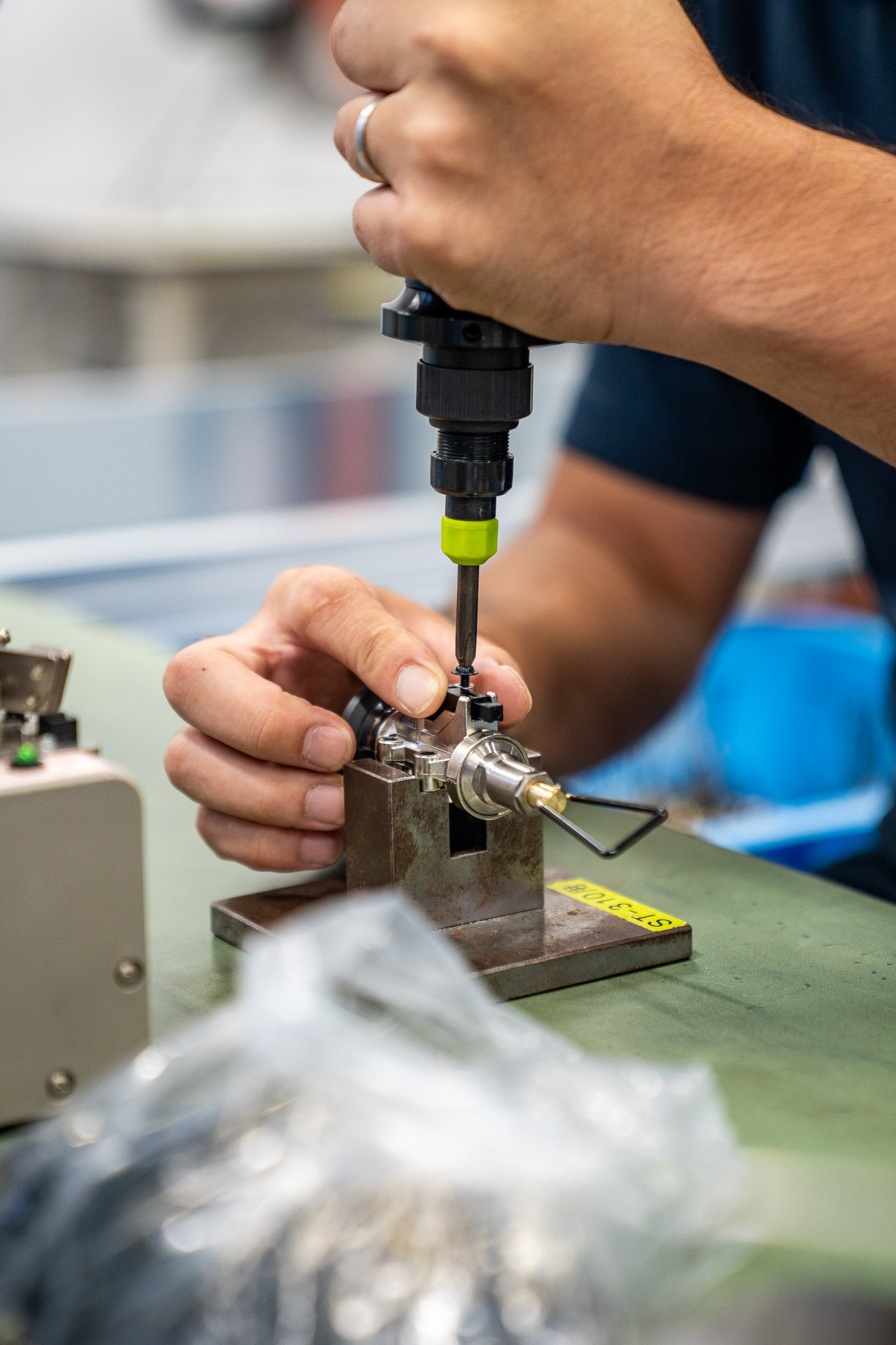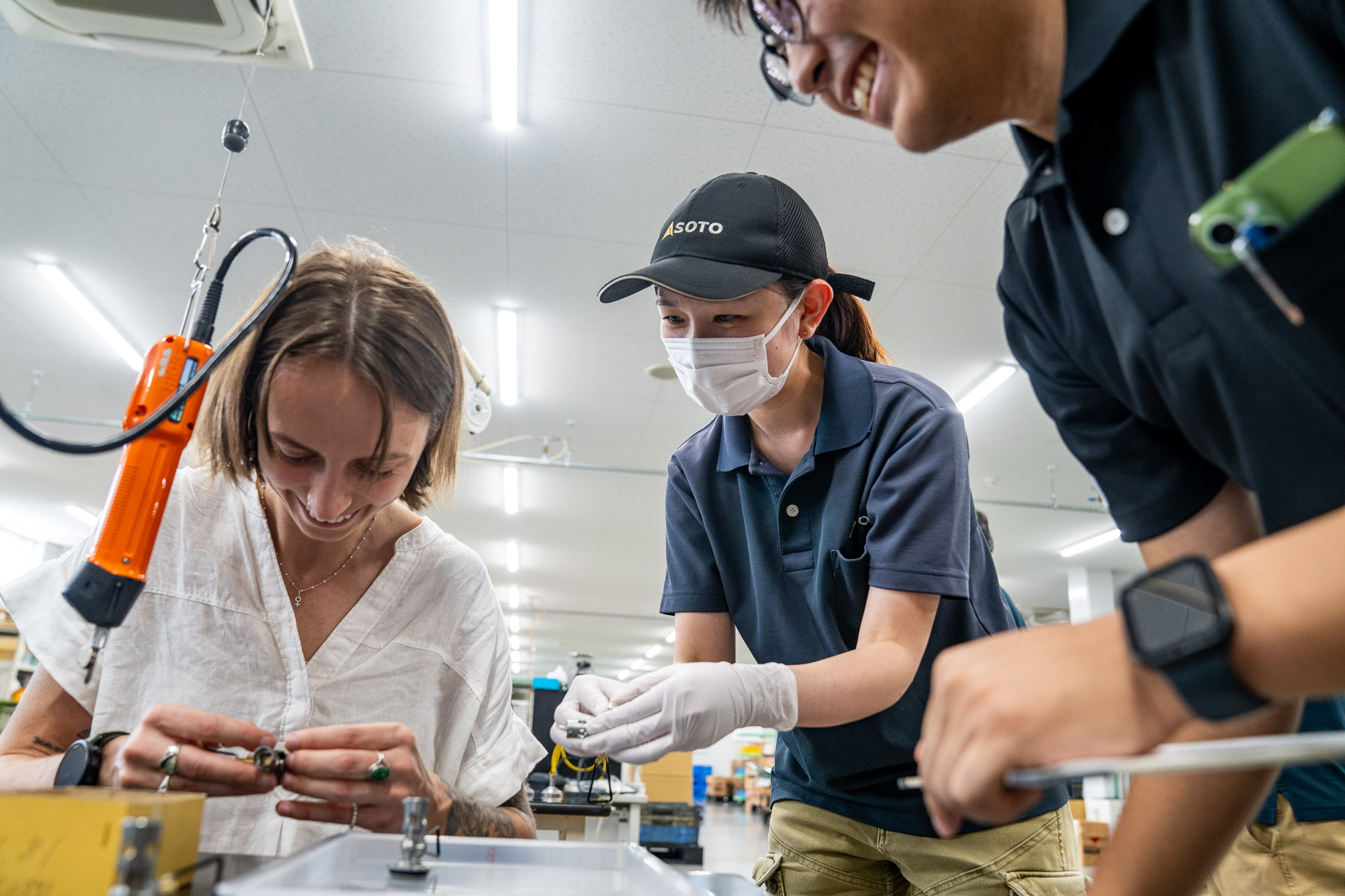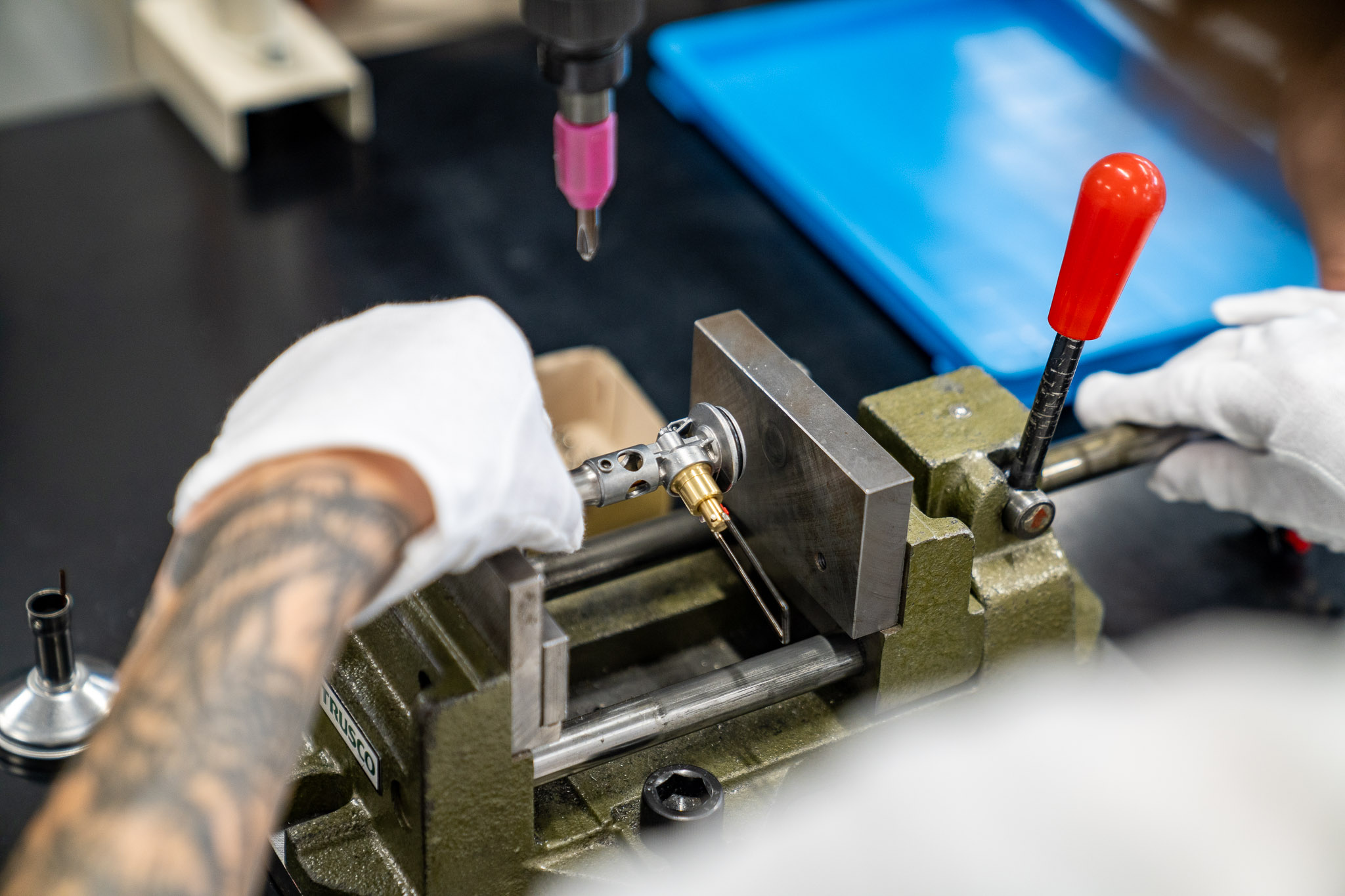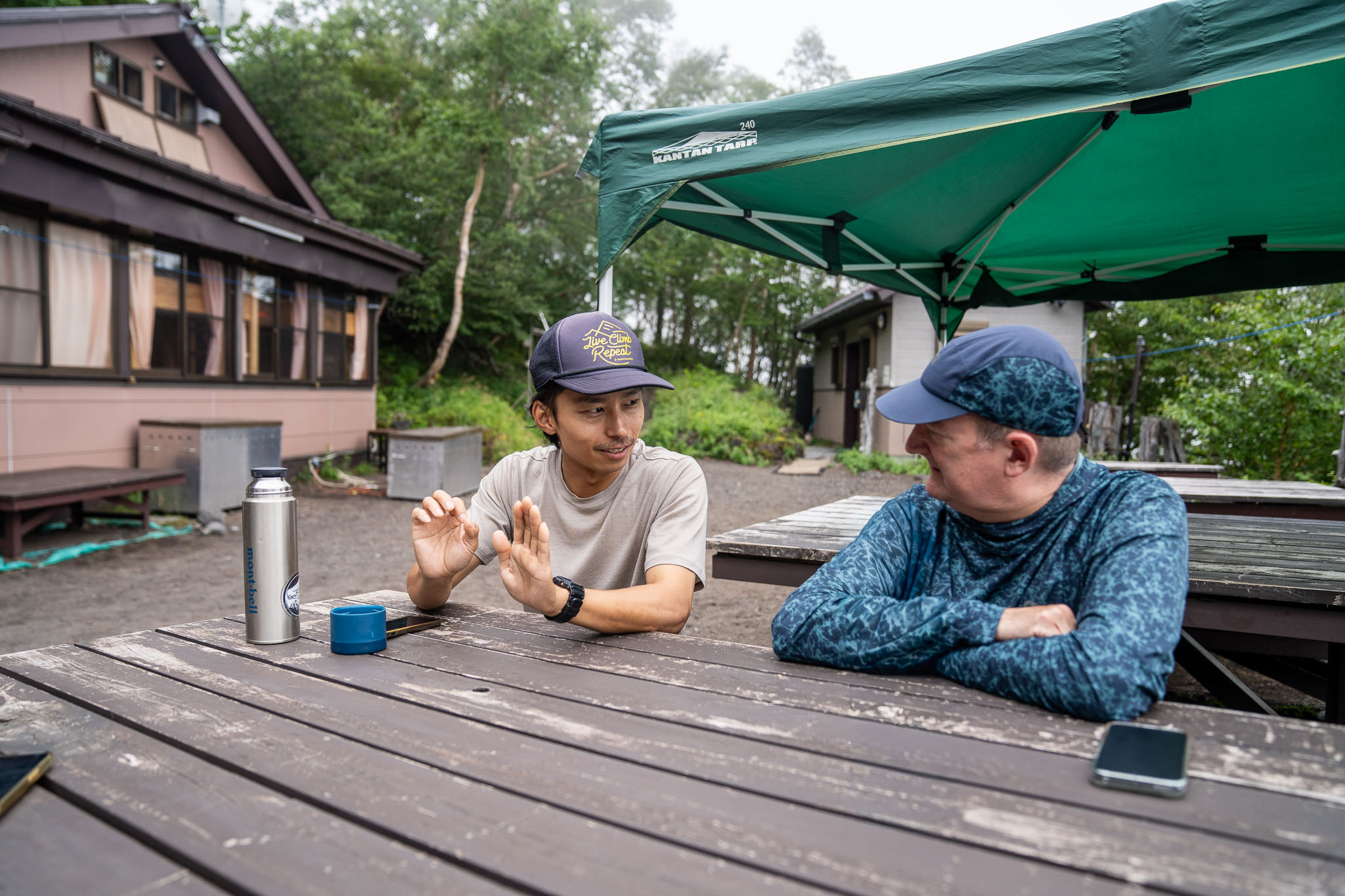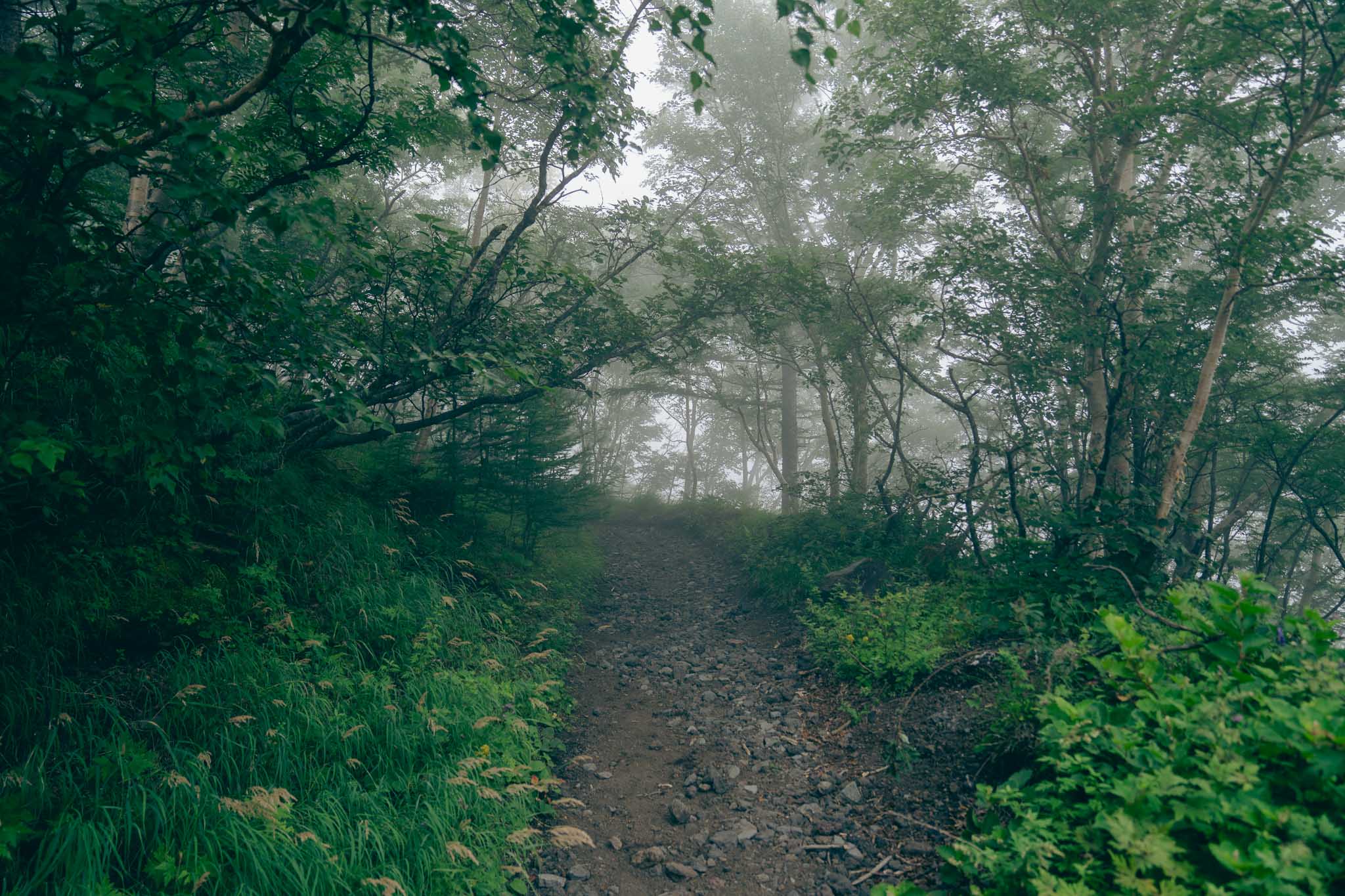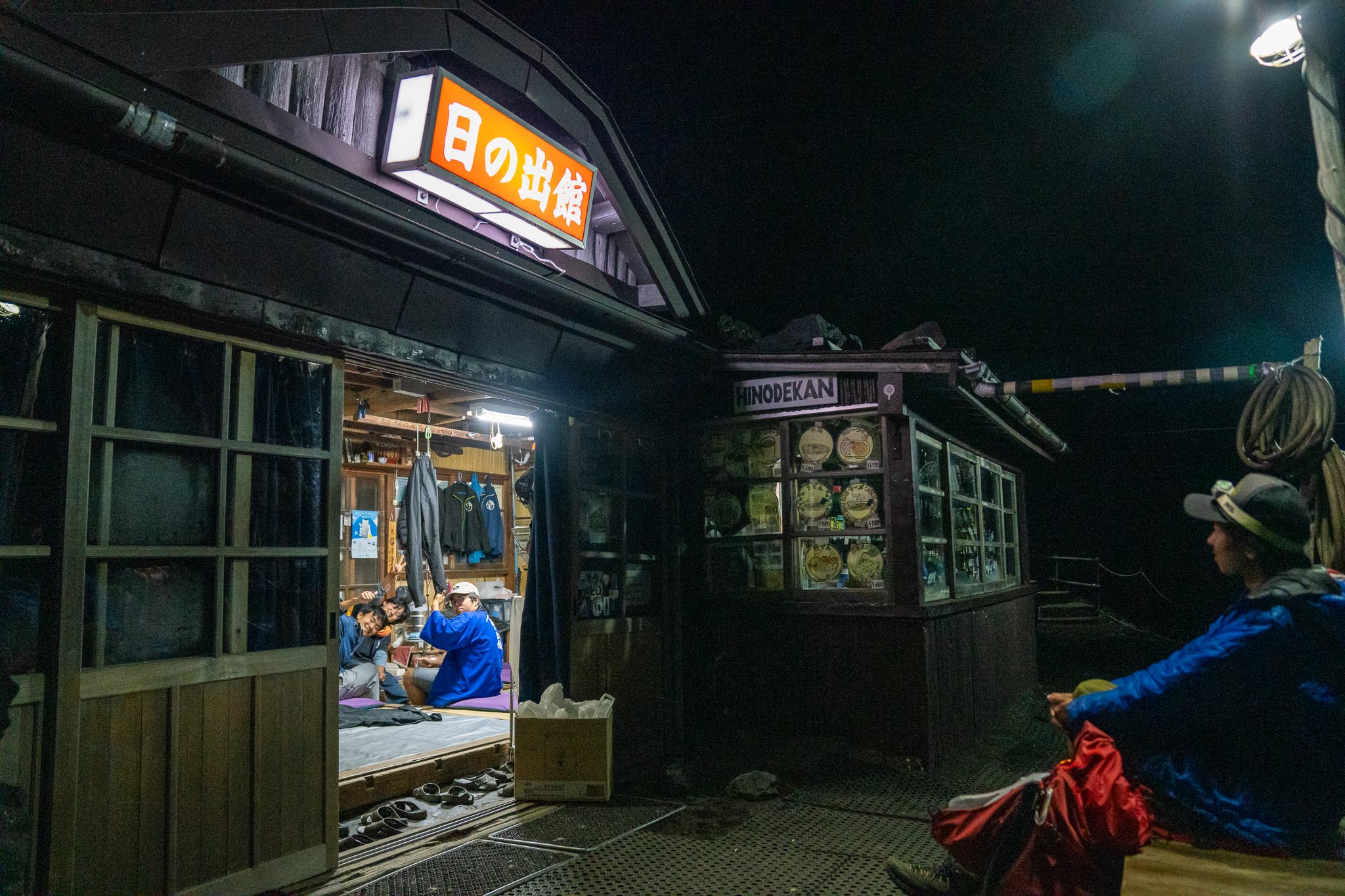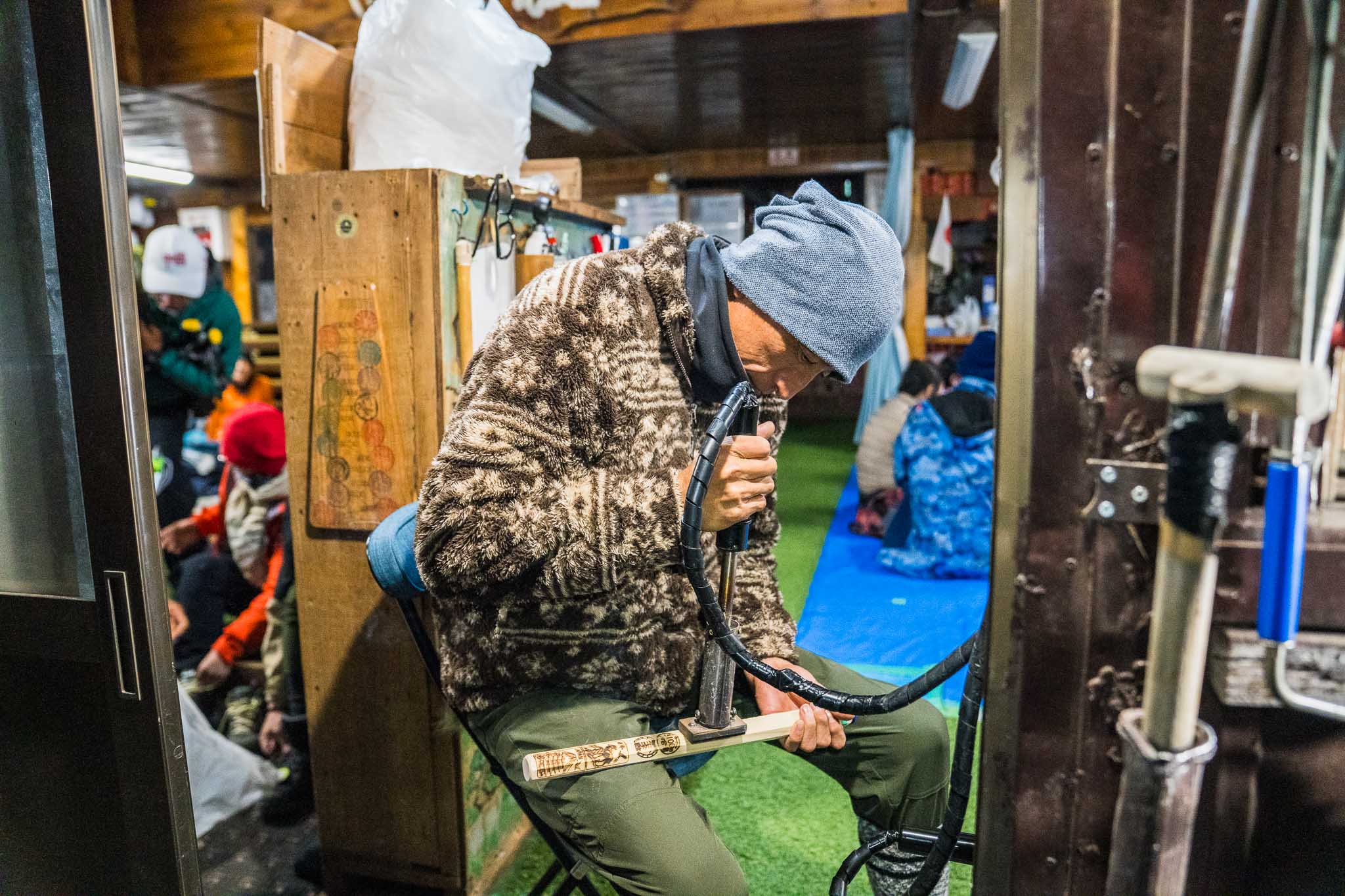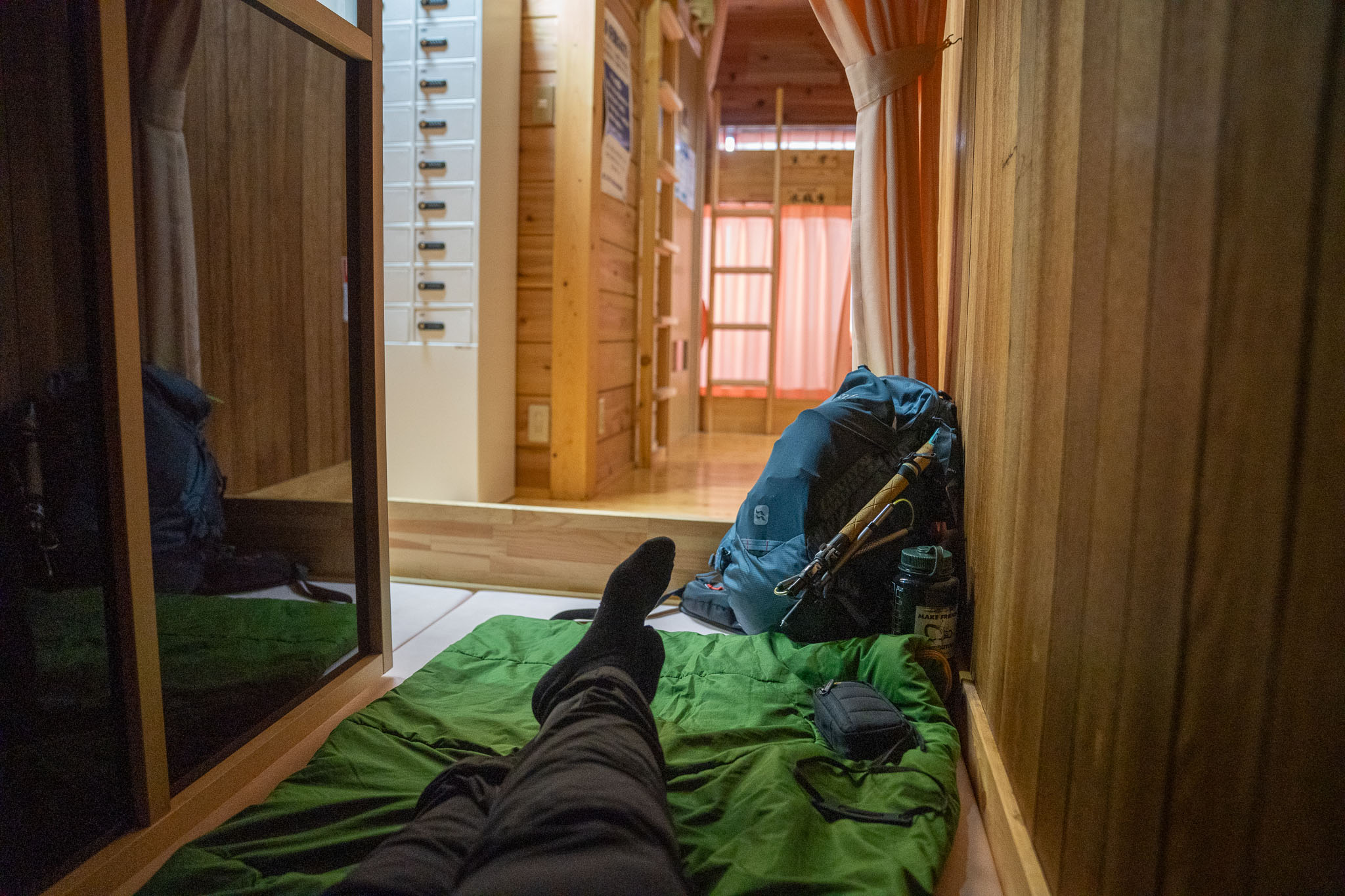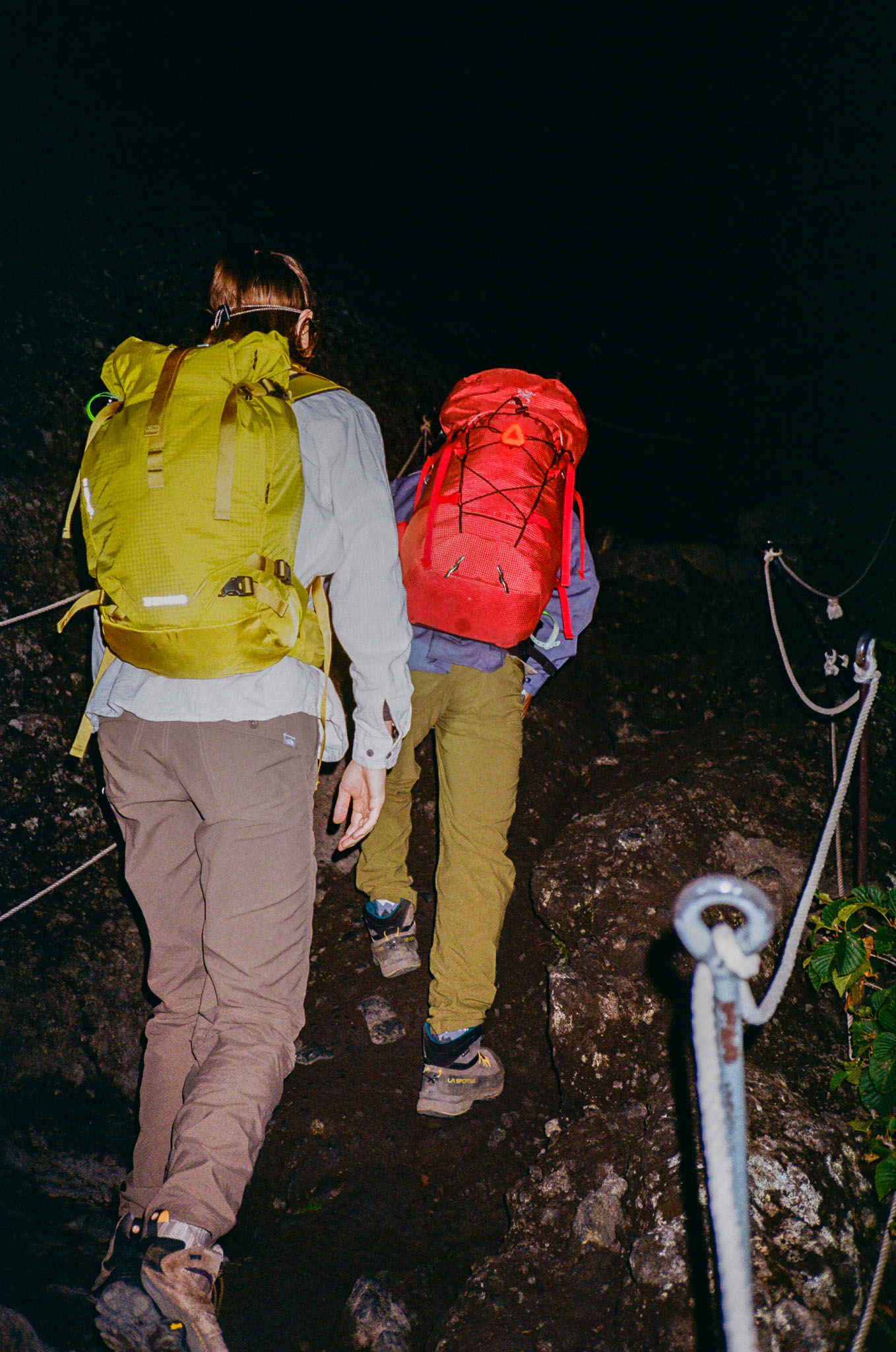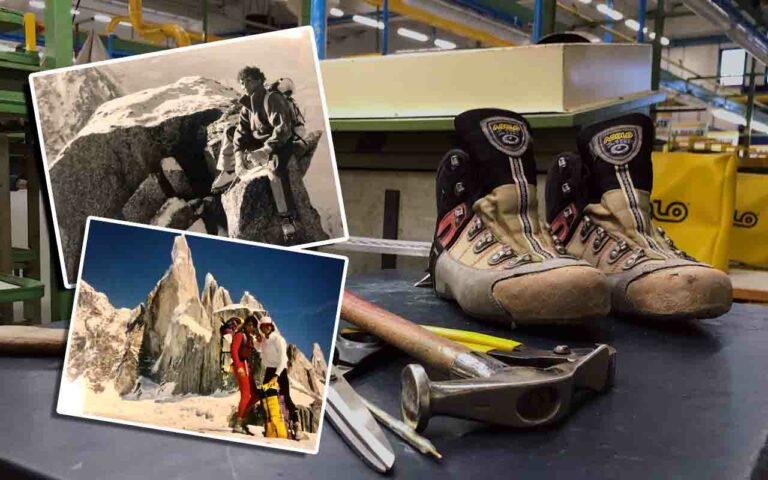The trusty camping stove. A backpacking necessity, the gear nerd’s favourite, and your humble right-hand man for baked beans and instant mash out on the trail. Where would we be without it? And crucially, where did it all begin?
Well, I don’t yet know how all camping stoves came to be, and I won’t bang on about the origins of fire, but I do now know how SOTO’s WindMaster stove came to be. Made in Japan to withstand the harsh Japanese winters, I headed east this summer to learn about SOTO and the legacy of the blue flame.
The Story
The lore of SOTO begins way back in 1978 when founder Hajime Yamamoto decided to create the Shinfuji burner, a gasoline-fuelled torch lamp that set a new standard in the industrial sector. Around that time, burners took between 2 to 3 minutes to heat up, which just wasn’t quick enough for Japan’s winter temperatures that can drop to -6°C with chilling winds.
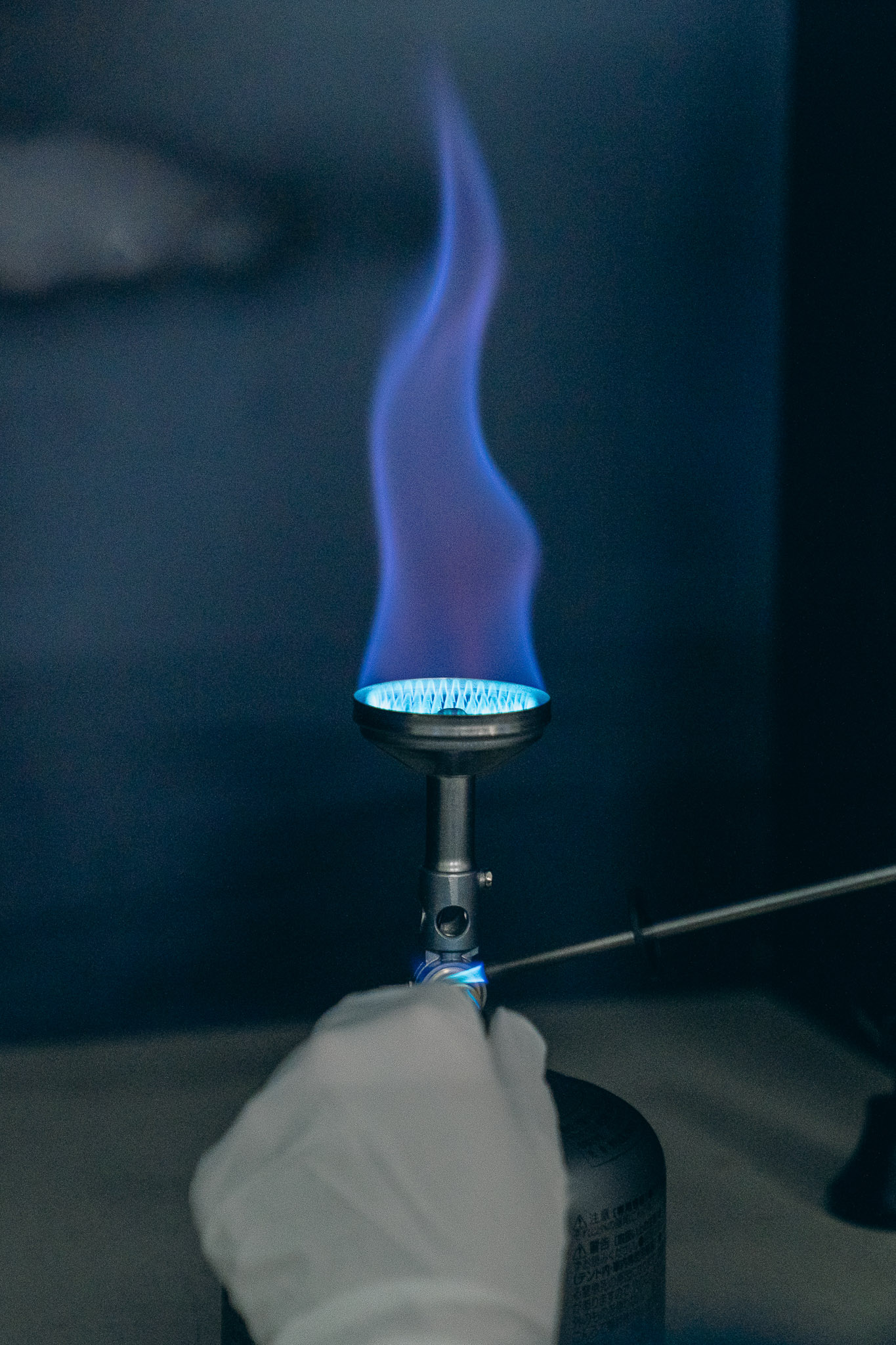
After this success in the industrial field, SOTO then entered the agricultural sector in 1986 with a kerosene-fuelled burner used for weed control. As word spread of their success with both these burners, Yamamoto and his team of engineers became known as “Masters of the Blue Flame”, a title that remains with them to this day.
Related: An Adventurer’s Guide to Hokkaido
But why stop there? Following these early innovations, the company released the Pocket Torch in 1990, a bite-sized burner that uses disposable lighters as its fuel source. While initially marketed as a crafting tool for the DIY industry, outdoor enthusiasts soon realised its value in igniting fires out on the trail.
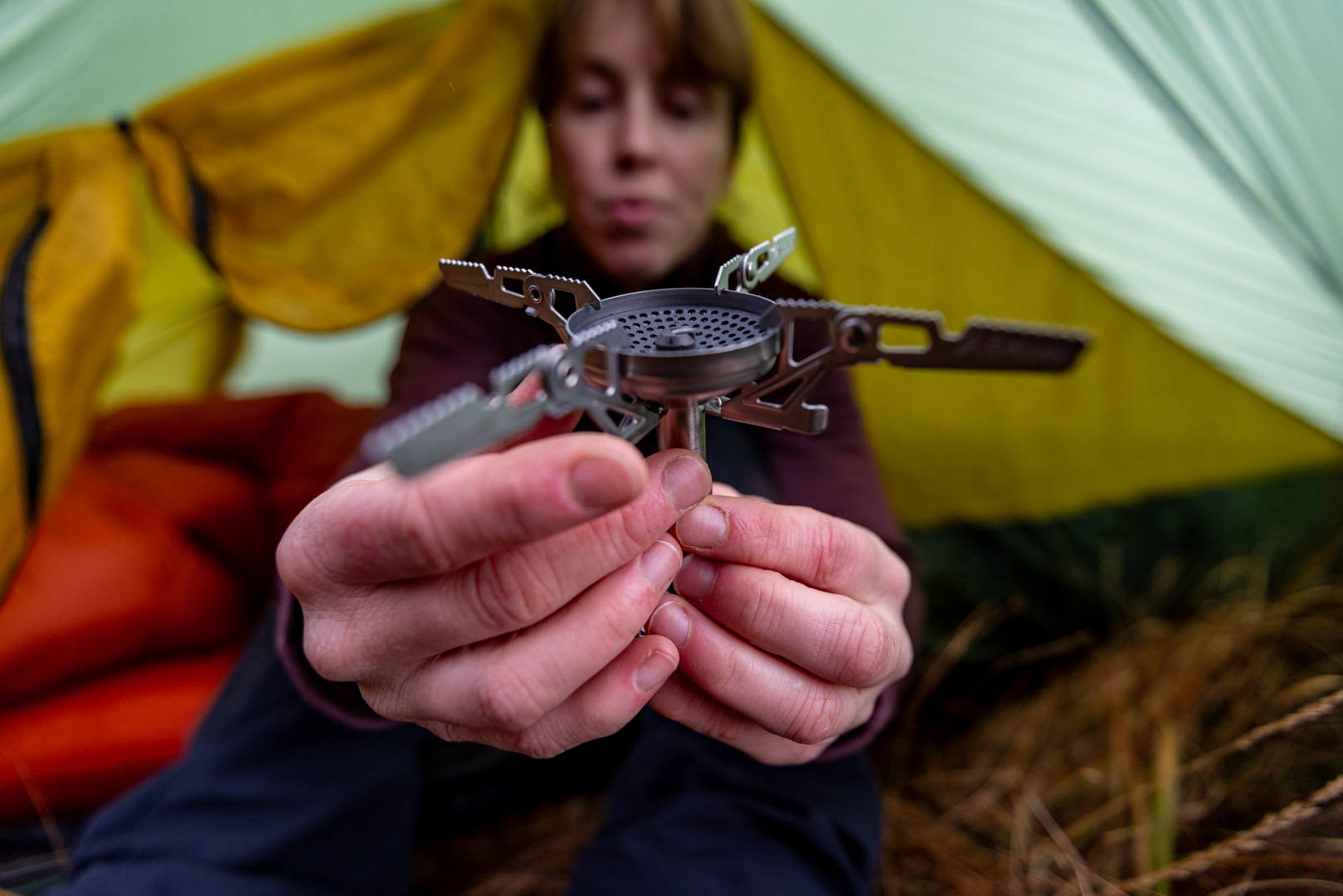
It was only a matter of time before the team of engineers realised how useful this kind of combustion power would be for outdoor adventurers. Skip to 1992 and SOTO is born, a brand dedicated to innovative and dependable outdoor cooking gear.
Including a variety of outdoor stove options, sturdy cookware and other camping accessories – nowadays SOTO is well-known not just for their reliable flame, but also for their lightweight equipment. Take the WindMaster stove, for example, at just 87g (with the 4Flex pot supports), it’s up there with some of the lightest camping stoves on the market.
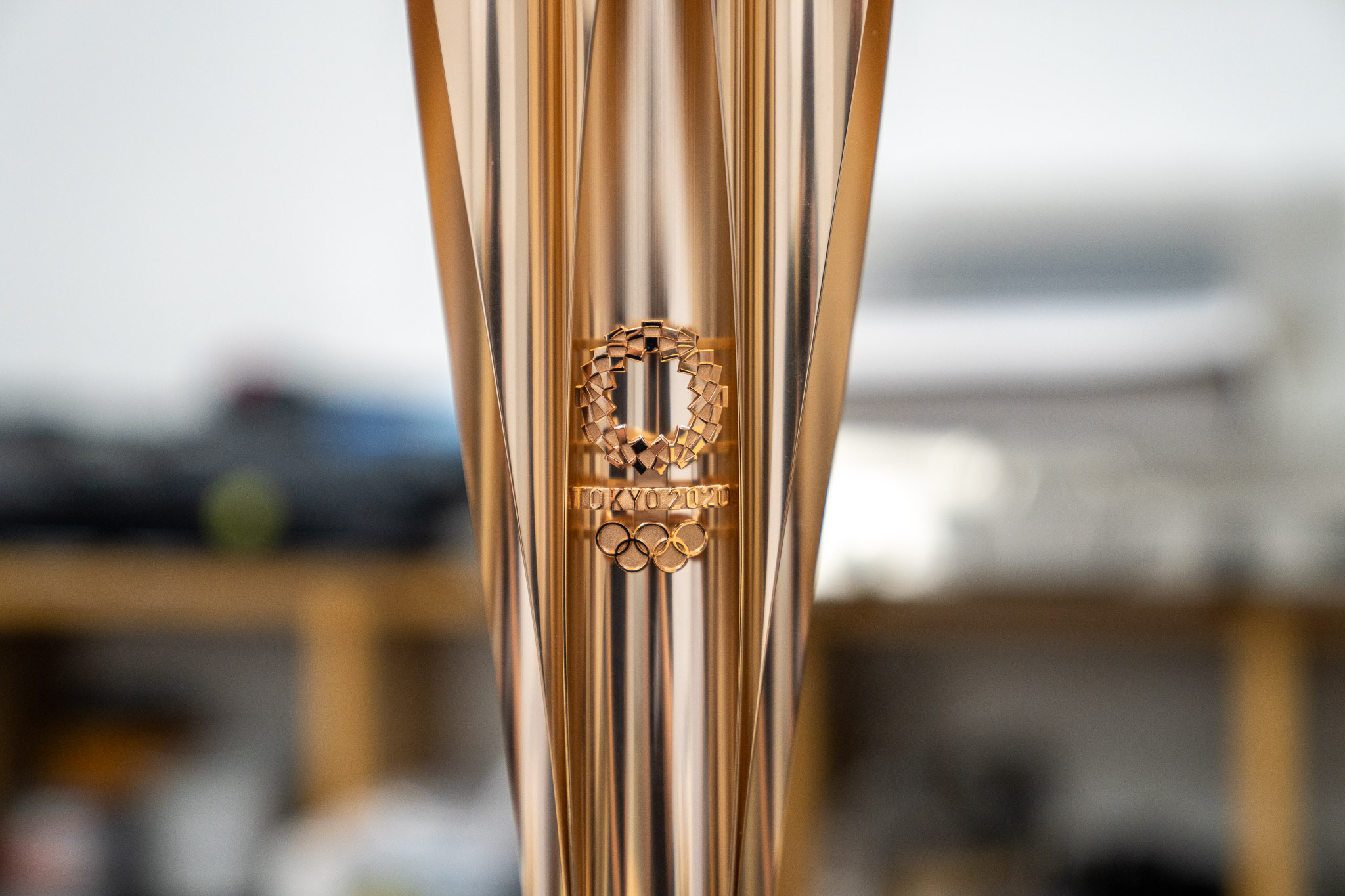
In recent years, they’ve also become known in the sporting community for developing the burners for the Olympic and Paralympic torches at the Tokyo 2021 Games, as well as the burners and gas canisters for the Paris 2024 Games.
Old Meets New
But what makes a SOTO stove different? Well that’s what I went to find out. Focusing on the WindMaster, the backpacker’s favourite, I went on a SOTO factory tour where they showed us each and every stage of the construction process from raw materials right through to packaging.


